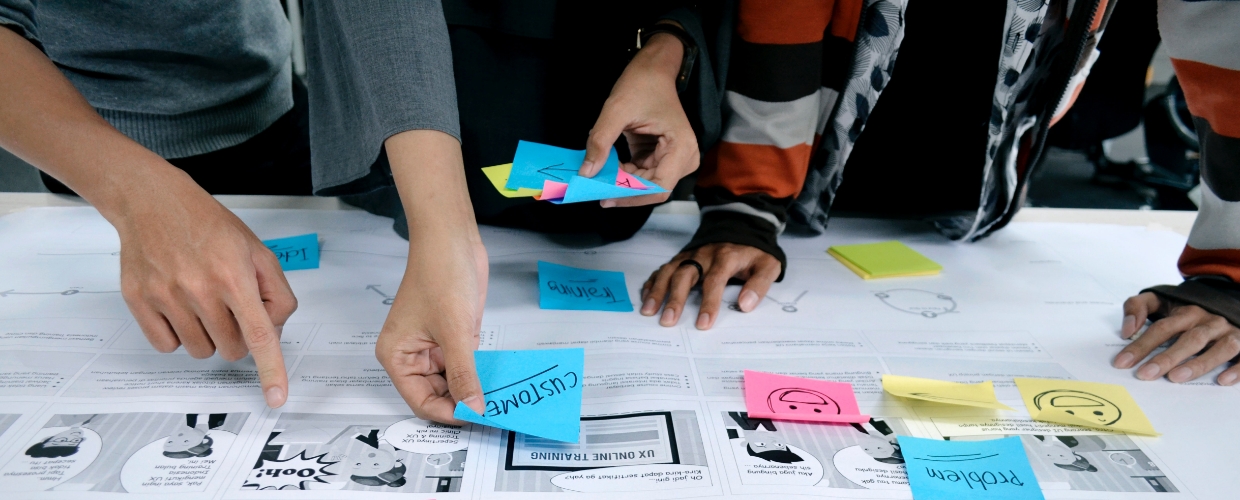Determining the Right Study Design
Creating Your Study
Because qualitative market research is more of an art than a science, it’s important to think through study design—or as we call it, the research strategy.
Study preparation arc

Broadly, the study preparation logic should follow this arc: 1) Research objective; 2) Research strategy; and 3) Research tactics.
1. Research objective
Determine the research objective. Ask, what is the singular, overall objective of the study? Usually, your answer will take the form of a single sentence.
2. Research strategy
Articulate your research strategy. Broadly speaking, given the objective, what is the strategy for the study’s architecture? For example, if the study objective is to understand how a new product concept resonates, the research strategy could be “Compare the ideal to the actual.”
3. Research tactics
What are the research tactics? Given the objective and strategy, determine which specific tactics should be employed.
For example: we wanted to understand how people felt about the fact that when they are in public, chances are very good they were being recorded on video. We asked several questions involving how they felt about the proliferation of video cameras in public, to tap into the left brain where the speech center is located. Then we had them then answer one question using only gestures and body language—no words—to tap into the more emotional right brain.
Study design example
By way of example, imagine this scenario:
- The research objective is to understand core consumer perceptions of the client’s brand.
- For the research strategy, we recommend that the study deconstruct all of the different elements that make up the core brand perceptions.
- Hence, the research tactics would involve breaking down the top most important associations people might have with the brand, and focusing each question on one aspect (what they sell, who they think buys it, who they associate with the brand, what imagery they connect with it, who works at the company, what does the company’s brand say about the people who wear or use it, if there is one word that describes the brand, what would that one word be and why).